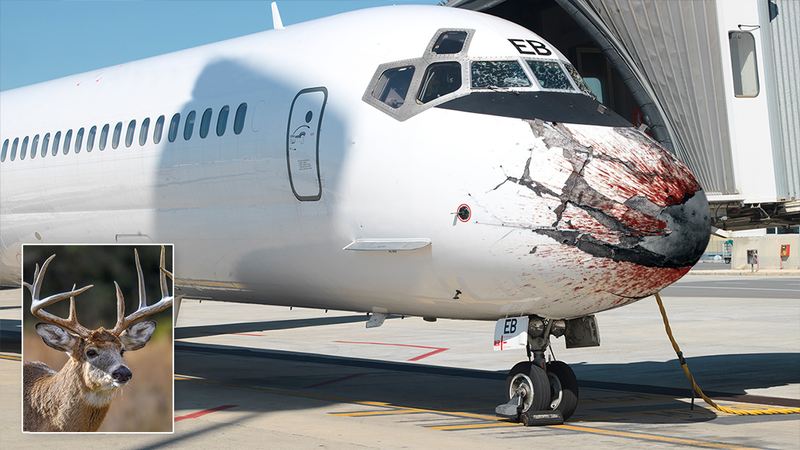Even with advanced avionics that can tell your position down to few meters, the pilots are still making approaches and landing at the wrong airport under both VFR and IFR conditions. Like most pilots, you might chuckle at embarrassing stories of wrong-airport landings or forgetting to extend landing gears. But before you say it will never happen with me, give it a thought.
Anything that can happen to someone else, can happen also to you.
People will never truly understand something until it happens to them.
But why? The reasons are simple not limiting to:
- multiple airports within few miles of each other in big cities.
- similar if not identical runway configurations.
- Complex airspace
- distractions
- lack of familiarity with the area
- busy airspace with rapid ATC exchanges
- distractions
- confirmation bias
- strong crosswinds
- loss of situational awareness.
Whether the pilot lands at the wrong airport or not but the consequences can vary from embarrassment to safety breaches. In a nutshell, pilots need to follow airport identification procedures be it with the help of navigation sensors or visually. But the geographical disorientation is not limited to such a case only. Becoming lost during flight, intruding inadvertently into unauthorized airspace, selecting a wrong airway, landing on the wrong runway, approaching the wrong airport –with or without actual landing, departing from a wrong runway or taxiway, flaring 20 feet too high or too low during landing, entering the wrong taxiway and runway incursions –are some examples of inflight/on-ground geographic disorientation. These are equally common and need to be addressed as the adverse consequences are similar.
These mistakes happen when a mismatch exists between external world reality and “internal world” aircrew mental picture relative to the real world. The pilot let their fantasies override the real facts of time, speed, and distance. These errors can be categorized into three categories according to distance from the intended location:
- Distant geographic disorientation – More than 800 m.
- Intermediate geographic disorientation – 6 m (20 ft) to 800 m.
- Near Geographic disorientation – less than 6 m (20 ft).
Geographical disorientation can be avoided and prevented by proper flight planning and using available cockpit resources. These are the two most important tools. Unexpected deviations, malfunctions, stress factors, emotional upsets, preoccupation, and disconcerting behavior should be dealt with appropriately and should not be allowed to interfere with geographical orientation. This blog intends to increase awareness of hazards of geographical disorientation and also means to prevent such occurrences.



